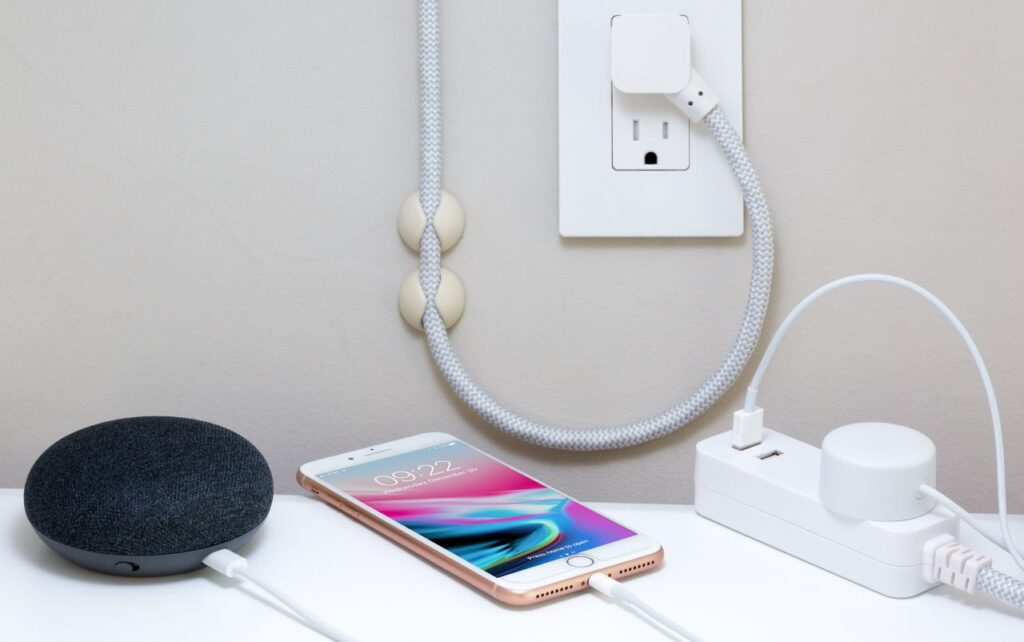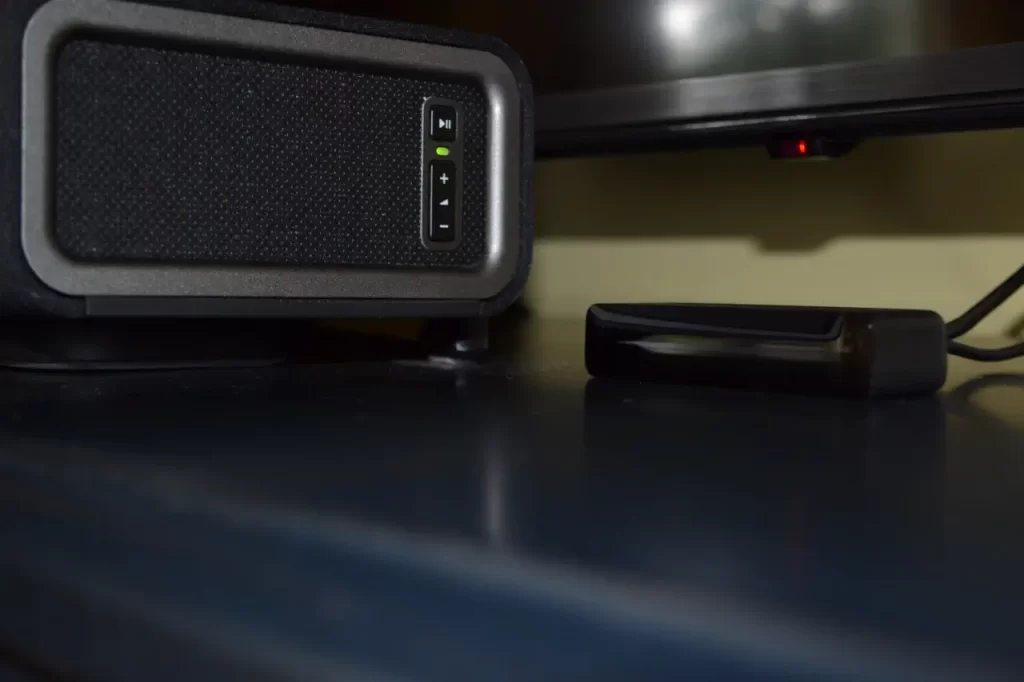9 Smart Devices Provide Independence To Those With Disabilities
Smart devices provide independence to those with disabilities by providing convenient and adaptive ways to interact with various aspects of their homes. This can be true for people with disabilities or people more senior in years. Here’s how smart home devices help with accessibility:
- Voice Control: Voice-controlled smart speakers and virtual assistants (e.g., Amazon Alexa, Google Assistant) allow users to control various devices and perform tasks using just their voice. These smart devices provide independence to individuals with physical disabilities or limited mobility, making it easier for them to interact with their smart home devices and access information or control functions without the need for physical buttons or touchscreens. Voice control can be used with everyday items such as a coffee maker, central heat and air, or a ceiling fan.
- Home Automation: Smart home automation enables users to program devices to perform tasks automatically based on certain triggers or schedules. These smart devices provide independence and is particularly helpful for people with mobility challenges, as they can set up routines that handle various actions without needing to move around the house.
- Remote Monitoring and Control: Smart home devices often come with smartphone apps that allow users to remotely monitor and control their home devices. This is advantageous for individuals with mobility issues, as they can manage their home environment, adjust settings, and check security cameras from a distance.
- Smart Lighting: Smart lighting systems can be controlled remotely or via voice commands, offering improved accessibility for people with mobility impairments. They can turn lights on/off, adjust brightness, and even change colors without needing to reach light switches.
- Smart Locks: Keyless entry smart locks can provide enhanced accessibility for individuals with physical disabilities or those who have difficulty using traditional keys. Users can unlock doors using smartphone apps or voice commands, making it more convenient and easier to enter and leave the home. For example, Level locks as smart devices provide independence by automatically unlocking a door when you are within 30 feet of the door.
- Environmental Control Systems: Some ways that smart devices provide independence are with systems that offer environmental control, allowing individuals with disabilities to adjust room temperature, control fans, or manage other appliances with voice commands or through a centralized control system.
- Smart Home Hubs: Smart home hubs act as a central control point, integrating various smart devices and enabling users to manage them through a single interface. These hubs can simplify accessibility by providing a unified and easy-to-use platform for interacting with different devices.
- Personal Emergency Response Systems: Smart home devices can be integrated with personal emergency response systems, enabling individuals with medical conditions or disabilities to request help or trigger emergency alerts easily.
- Accessibility-Focused Devices: Some smart home devices are explicitly designed with accessibility in mind, incorporating features like large buttons, tactile feedback, or high-contrast displays for better usability. Think of the phones that have large buttons or screen readout for those with sight issues. Features such as these on smart devices provide independence to many.
By offering hands-free control, remote access, and automation features, smart home devices provide independence along with significantly improving the quality of life of individuals with disabilities, allowing them to interact with their living spaces more efficiently and comfortably.
Call us at 770-674-4644. We will schedule a time to be at your home or office. All smart home device work is done on-site to ensure that components are working properly in their natural environment.
Technology is our passion. Our knowledge extends to all areas of home & office technology. From computers to wired & wireless networking, security – especially child protection, smart device setup, printers, training, spyware – virus removal, data recovery, backups, data migration. Just about anything you need done.



